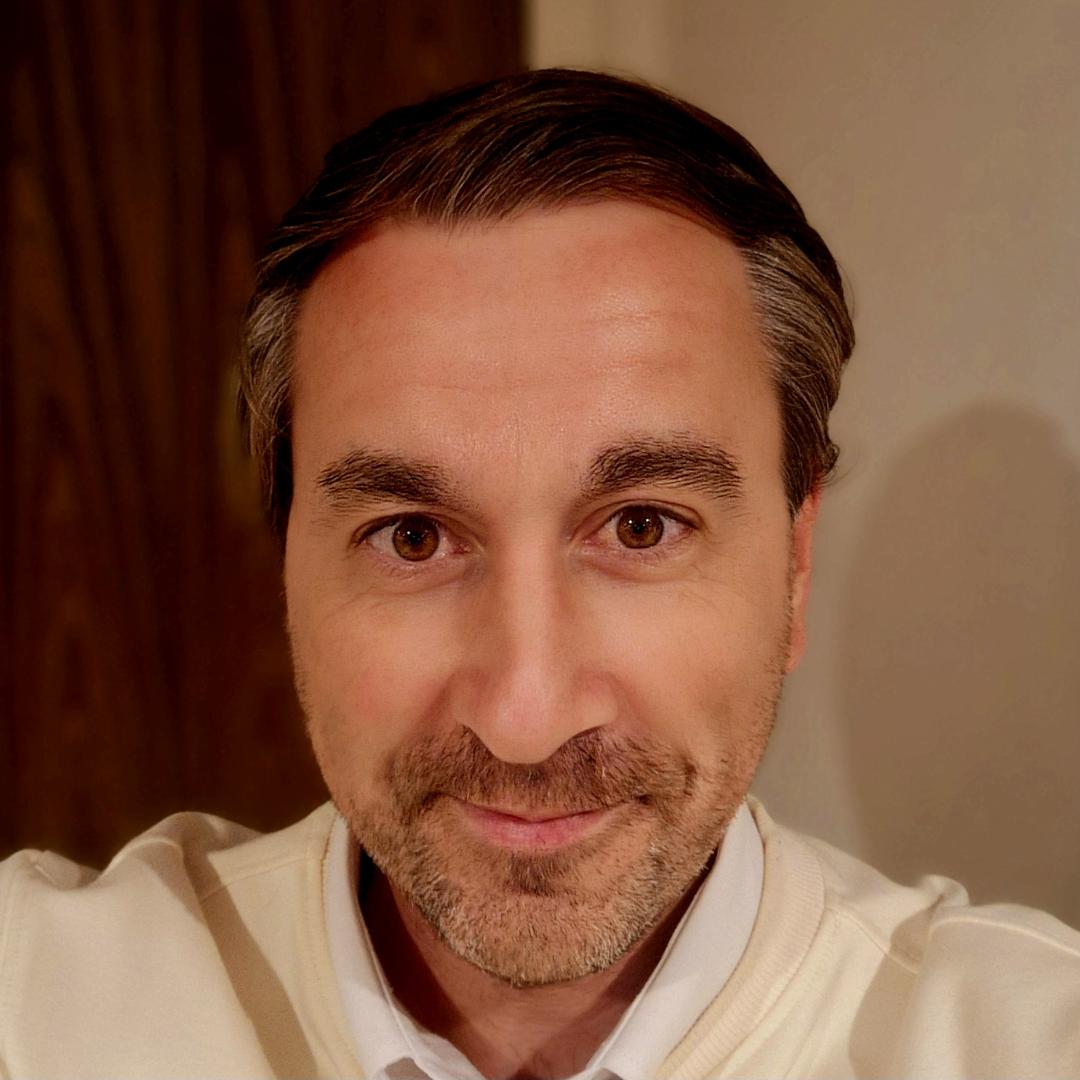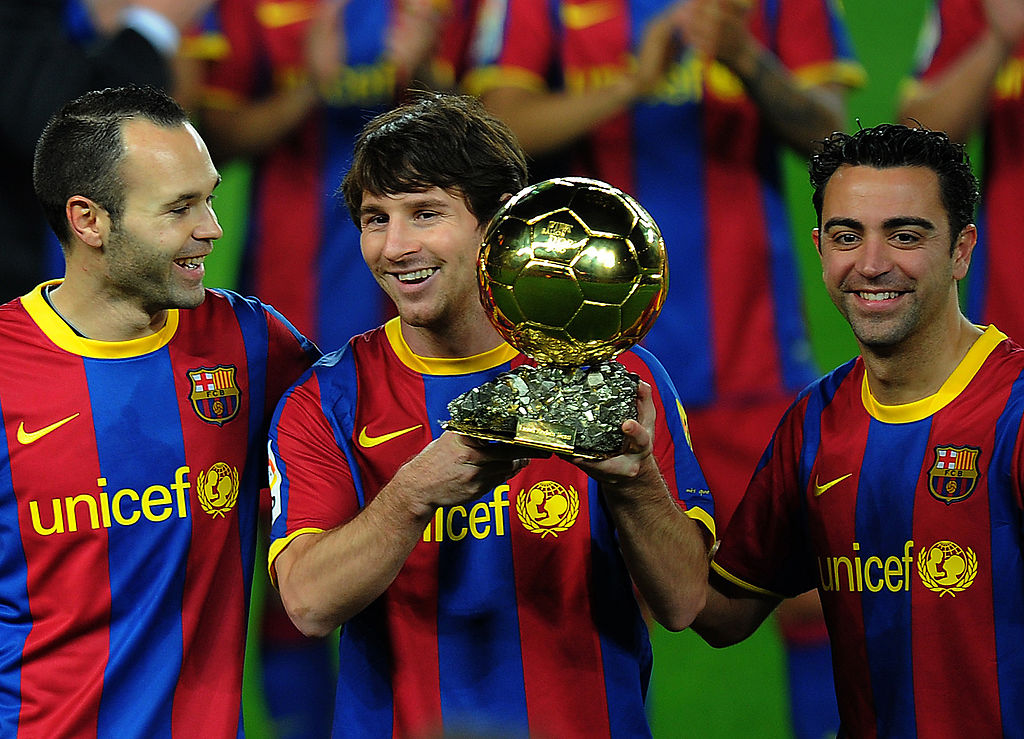Why Premier League clubs are queuing up for Clement Grenier
James Eastham takes a look at Lyon's French playmaker...
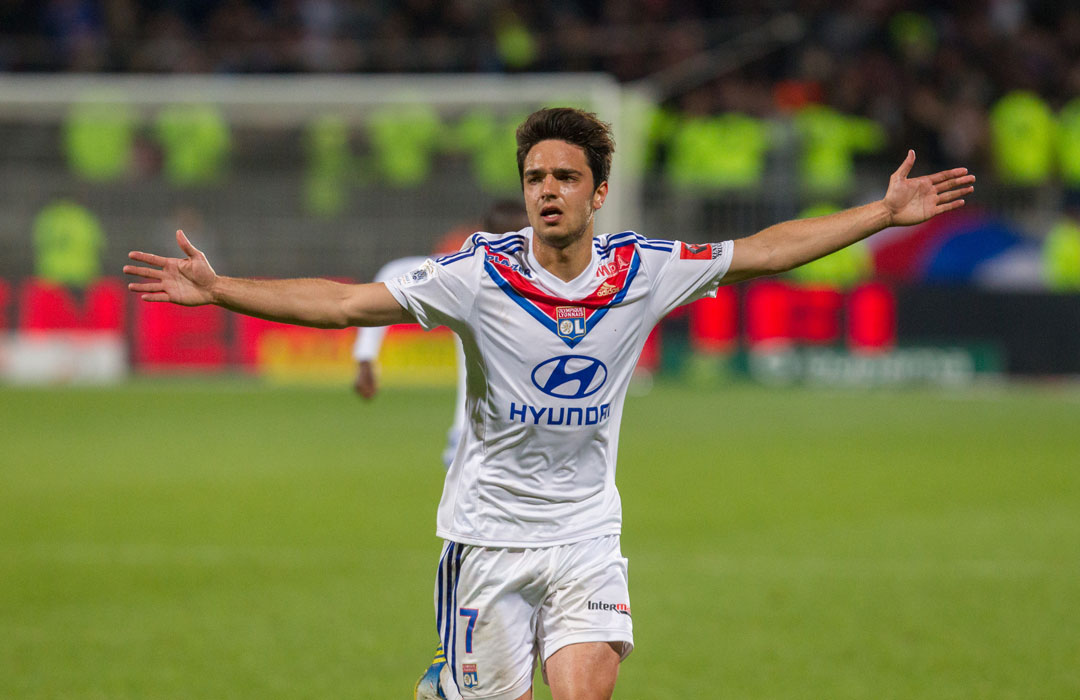
It is a sign of the progress Clement Grenier has made over the past 12 months that nobody batted an eyelid when Newcastle United made an offer (if you believe the press) in the region of £10 million to buy him from Lyon this week. Local hero Yohan Cabaye was already on his way to Paris Saint-Germain. To many, Grenier seemed a logical replacement.
In a sense, it’s no surprise Grenier features prominently on the Magpies’ hitlist. Here is a player capped for France at every level from U16s upwards. At 17 he signed his first professional contract. At 18 he made his Ligue 1 debut. At 19 he was European champion for France, alongside Gael Kakuta, Antoine Griezmann and Lyon team-mate Anthony Lacazette.
Yet it’s only in the past year that Grenier – who turned 23 this month – has silenced lingering doubts about his potential to truly succeed at the top. Since signing that first professional contract nearly six years ago there have been some notable ups and downs, with Grenier struggling to persuade his club’s decision-makers of his worth.
“In terms of football ability we saw straight away he was above-average,” said Lyon coach Remi Garde, previously head of the Lyon youth academy where Grenier was a star graduate. “His problems were in his head. He doubted himself. He lacked self-belief. We spoke to him about it as it risked becoming a real issue.”
Grenier has admitted he struggled to come to terms with the professional environment during his teenage years. “After turning pro, I was too hard on myself. As soon as I made a mistake on the pitch, I disappeared from the game. I was stressed. I was nervous. I was playing alongside these big names. I didn’t know what to say to them. Sometimes I even wondered how I was going to say hello to them.”
That anxiety slowed his progress. Competition for a starting place didn’t help, either. Miralem Pjanic (until joining Roma in 2011), Ederson (until leaving for Lazio in 2012) and €26m club record signing Yoann Gourcuff were ahead of him in the first-team queue. In 2010/11 – the season where he turned 20 – he made just two starts. Things went a little better in 2011/12 (13 starts) but he remained a marginal figure.
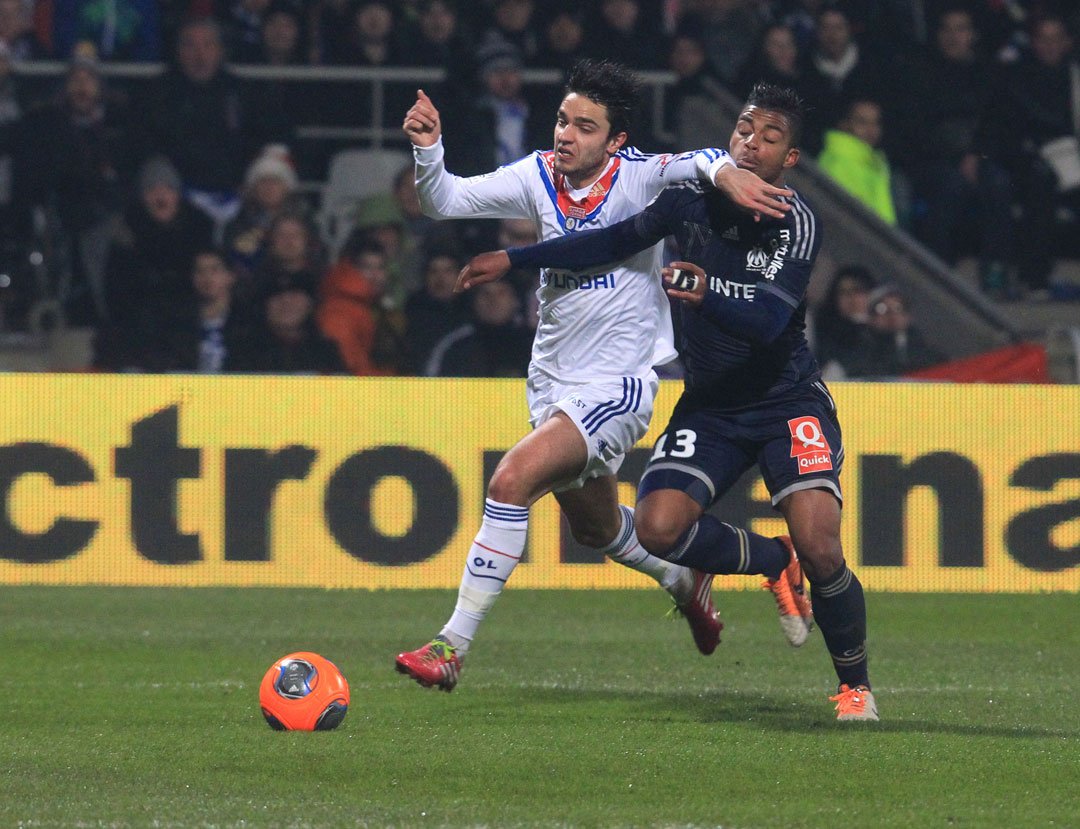
It’s odd to think now that his stock had fallen so low that Lyon were willing to sell him to Nice in August 2012. The exchange-plus-money deal would have seen Grenier and Lyon winger Jeremy Pied moving to the south coast, with Argentina left-back Fabian Monzon moving in the opposite direction. The Pied-Monzon swap happened – but in one of those remarkable moments that can change the direction of a player’s career, Grenier ended up staying at Lyon. Less than a week before the transfer window closed, Gourcuff suffered a knee injury that ruled him out for 10 weeks.
Get FourFourTwo Newsletter
The best features, fun and footballing quizzes, straight to your inbox every week.
With Gourcuff unavailable Grenier was no longer surplus to requirements. Instead he was in the team every week – and took full advantage. “It’s the first time I had come so close to leaving. It was hard feeling as though I was being pushed towards the door. Were it not for Yo’s [Gourcuff’s] injury I’m almost 100% sure I’d have gone to Nice. It made me grow up quickly.”
It also spared Lyon’s blushes – how foolish they would have looked today if they had encouraged one of their most talented youngsters to move on in a deal that valued him at around a couple of million euros.
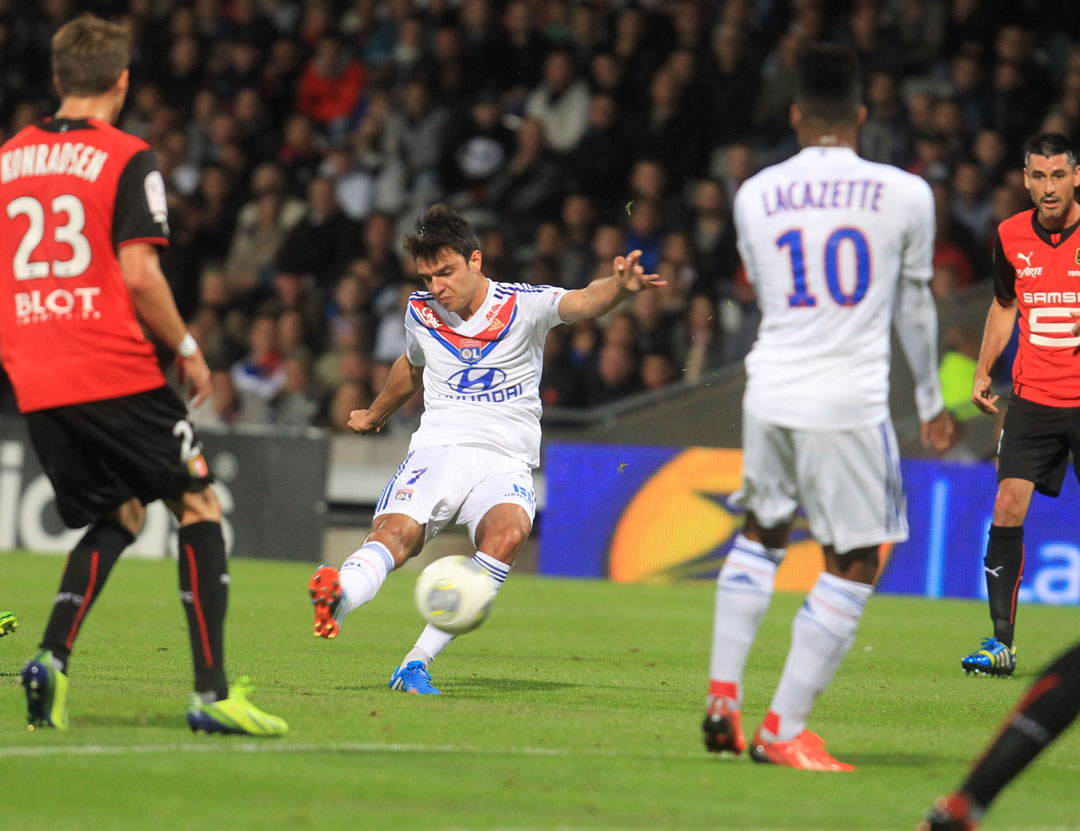
Having finally earned a regular place in the side, Grenier thrived, particular from New Year 2013 onwards. He scored six goals in his final 13 league appearances of last season, exhibiting the smart positioning, passing and decision-making that had made him an eye-catching prospect in the youth ranks.
He also showcased the devastating set-piece ability that recalled former Lyon favourite Juninho Pernambucano at his peak, scoring some stunning direct free-kicks. On the back of those performances Grenier was called up for France’s end-of-season tour of South America. He made his international debut against Uruguay on June 5.
It’s been more of the same this season, as Grenier has established himself as one of Ligue 1’s most consistent midfielders. A more confident and mature figure, he has benefitted from a change of culture in the Lyon dressing room – the sale of several highly-paid stars over the past three years has given the club’s younger players the space and confidence to express themselves on and off the field.
In the past few months Grenier has broadened his game by adapting to a significant tactical shift. At the start of the season he was the centrally positioned playmaker in Lyon’s 4-2-3-1, while Gourcuff operated as an inverted winger on the left. Garde has since introduced a 4-4-2 with a diamond midfield, handing Gourcuff the playmaker role behind strikers Lacazette and Bafetimbi Gomis, and asking Grenier to drop back into a deeper position.
Grenier has operated as one of the midfield ‘two’ in a post the French call the ‘relayeur’ (or No. 8) – he’s the technically adroit counterweight to the more athletically imposing midfield partner Gueida Fofana, with Max Gonalons providing stability at the base of the diamond. Explaining the decision to use Grenier rather than Gourcuff in the more withdrawn role, Garde said: “Clement’s effective when he’s a bit deeper and can see the play. He’s slightly better than Yoann [Gourcuff] at winning back the ball."
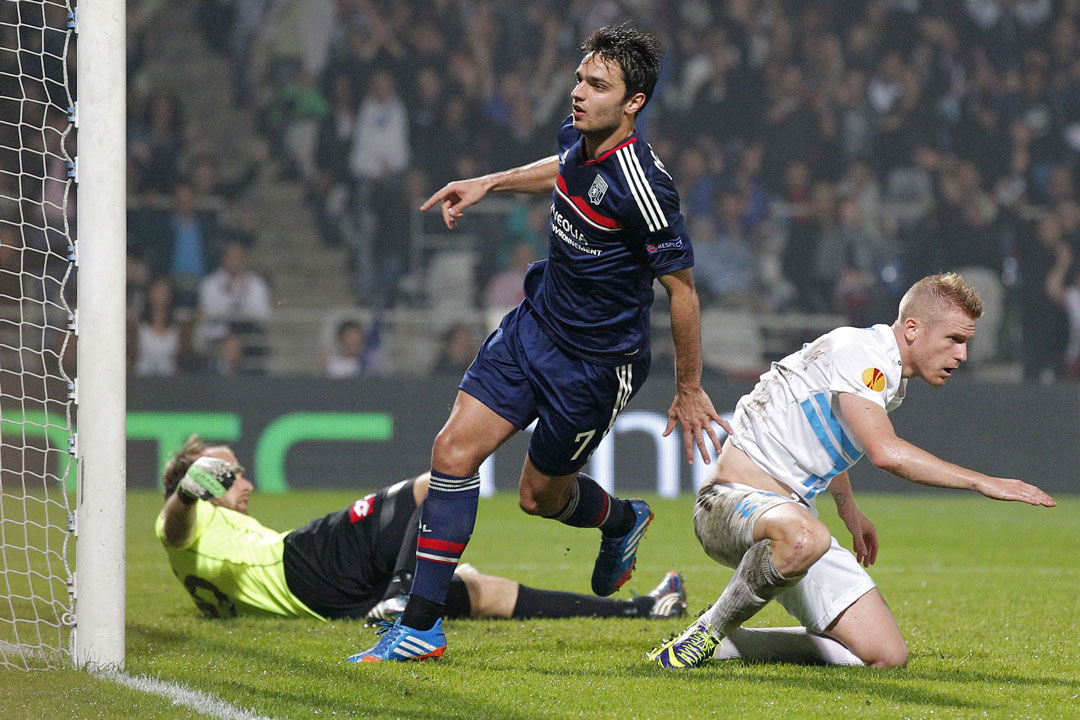
Alan Pardew has made it clear he wants Grenier, but Lyon are playing hardball – for now, at least. French club president Jean-Michel Aulas told a French sports daily on Thursday: “We have received two offers from England for Grenier, and turned them both down.”
There’s a sense this month could be the one and only opportunity for Newcastle to snap up the rising star. Grenier has since denied any links with the Magpies, and the deal looks less and less likely. But if he stays at Lyon and continues to progress at his current rate, the fear on Tyneside must be that bigger clubs will come in for him when the transfer window re-opens in the summer.
James Eastham is a specialist writer covering French football. He has written for The Guardian, The Independent and When Saturday Comes magazine. He’s interviewed many leading figures in the French game, including Didier Deschamps and Kylian Mbappe. For a decade he also worked as a freelance football scout, covering games at all levels from U16 to the senior national team across France
